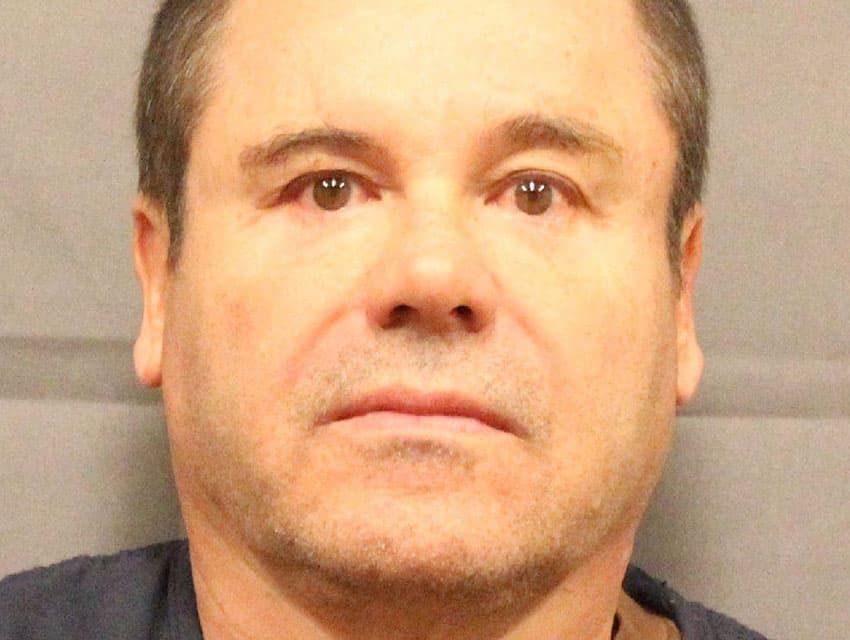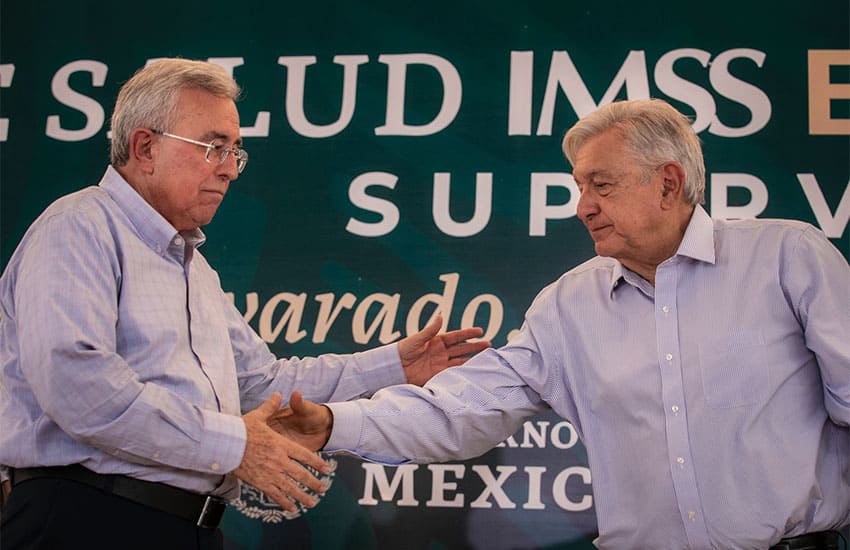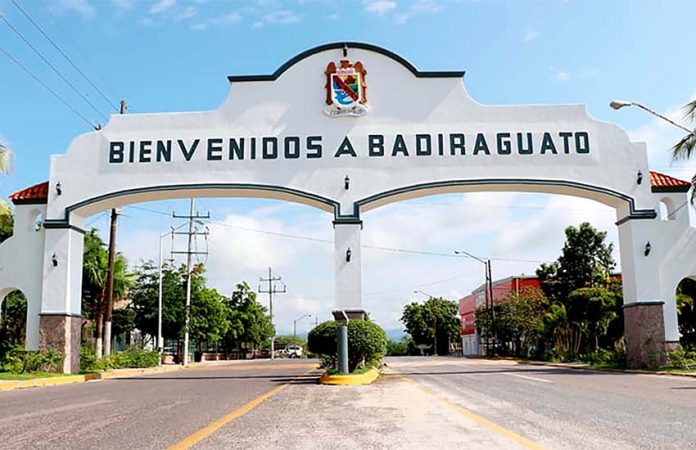A “narco-museum” could soon open in the birthplace of convicted drug lord and former Sinaloa Cartel leader Joaquín “El Chapo” Guzmán.
The mayor of Badiraguato, a municipality in the northern state of Sinaloa about 80 kilometers northeast of Culiacán, recently said that he’s open to the idea of a museum that tells the stories of notorious drug traffickers such as El Chapo, Rafael Caro Quintero, current Sinaloa Cartel leader Ismael “El Mayo” Zambada and Juan José “El Azul” Esparragoza, an ex-leader of the same cartel.
El Chapo – sentenced to life in a U.S. prison in 2019 after being convicted on drug trafficking and organized crime charges – was born in La Tuna, a small community in the municipality of Badiraguato, which borders Durango and Chihuahua. Caro Quintero and Esparragoza, like Guzmán, were born in Badiraguato, while Zambada was born in a small town in the neighboring municipality of Culiacán.
Mayor José Luis López Elenes described Badiraguato as a traffickers’ “cradle” and asserted that “we can’t deny our history.”

“We have to acknowledge it, and we’re going to work on that basis. It’s possible that we could have a drug trafficking museum; we’re not closed-minded on any issue. We’re going to listen to all … [ideas],” he said in recorded remarks disseminated by the news website Noticiero Altavoz.
“We’re a government that listens to [people’s] voices,” the Morena party mayor added. Despite being receptive to the possibility of creating a narco-museum, López said that his government was aiming to “overcome the stigma of drug trafficking” via the economic development of Badiraguato.
Sinaloa’s governor, however, doesn’t like the idea of a narco museum. “I don’t share that point of view at all, and I emphatically reject the idea of building a museum of drug trafficking in Badiraguato,” Rubén Rocha Moya said.
If the mayor’s idea is acted upon, the museum would be housed in a 14-million-peso (US $711,000) regional museum building that is currently under construction. Whether the project goes ahead appears likely to hinge on the advice of “museum specialists.”

“If they tell us that having a narco museum will benefit the municipality of Badiraguato, we’ll promote it from government,” López said.
A narco museum there could perhaps be similar – albeit on a smaller scale – to Las Vegas’ The Mob Museum, which hosted a speaking event exploring “the rise and fall of El Chapo” earlier this year.
Mexico City has a narco museum, first built in 1986 as a training room for soldiers inside a Defense Ministry (Sedena) facility but converted into a museum in 2002. The Museo del Enervante (The Illicit Drug Museum) displays objects confiscated during Mexico’s drug war. However, it is not open to the general public, only by written request and at Sedena’s discretion.
With reports from Reforma
